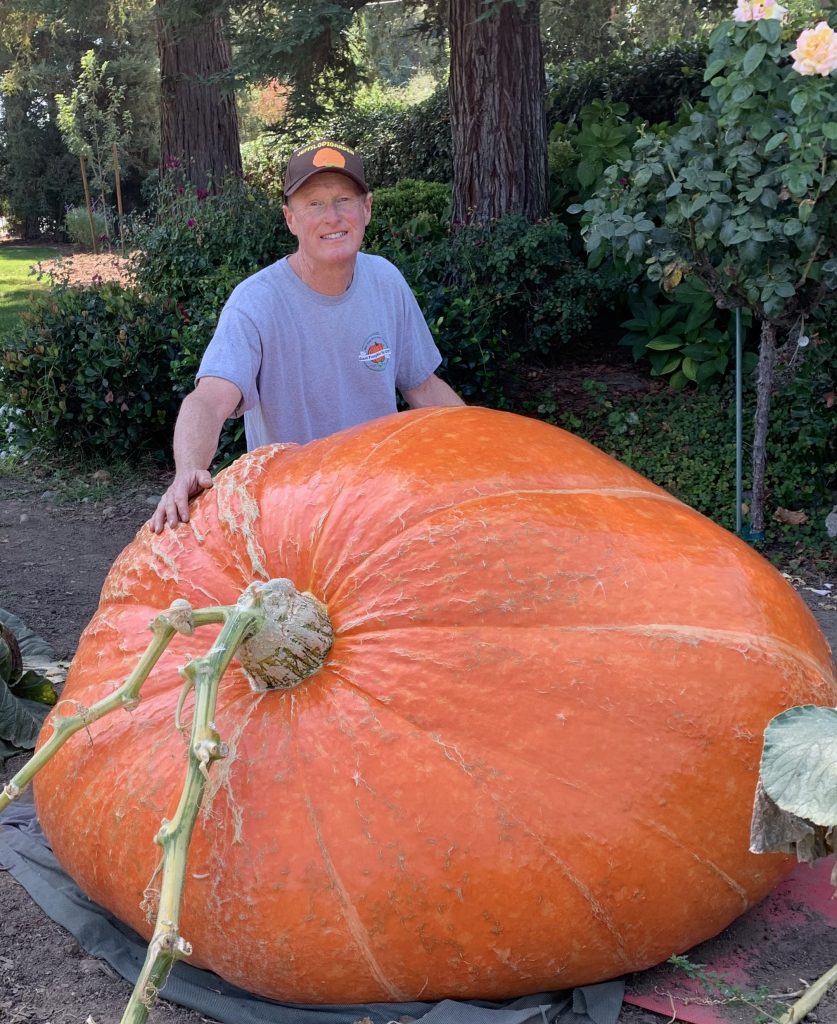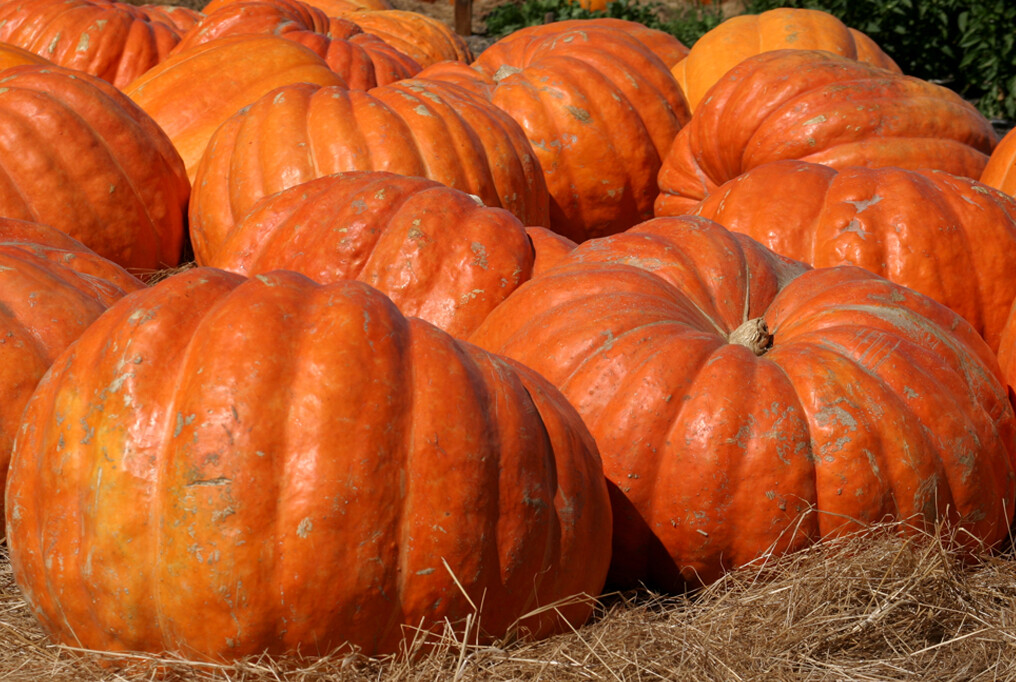Step into the world of autumnal abundance as we explore the captivating realm of pumpkin cultivation – a beloved fall crop that not only tantalizes the taste buds but also adds an element of joy to your gardening experience. If you would like to know how to grow giants in your garden this year, you’re in for a treat! This comprehensive guide is your roadmap, covering everything from the art of selecting the perfect location to the satisfying moment of harvesting your pumpkins.
Whether you’re a seasoned gardener with a green thumb or just beginning your horticultural journey, our carefully curated tips are here to guide you every step of the way. From the strategic placement of your pumpkin patch to the final flourish of a successful harvest, our guide is designed to empower you with the knowledge and techniques needed to grow a truly giant pumpkin in the comfort of your own backyard.
Delve into the world of giant pumpkins – a delightful variety of squash that graces many autumn tables. What’s even more exciting is that you can witness the magic unfold right in your own backyard. Let this guide be your companion as you embark on the rewarding journey of cultivating these seasonal treasures!
Pumpkin Planting Site
The very first and most important thing you need to do when growing pumpkins is to choose the right location. Pumpkins need plenty of direct sunlight to grow. Therefore, make sure to choose a spot in your yard that gets at least five to seven hours of direct sunlight each day. Once you’ve found the perfect location, it’s time to start preparing the soil. Pumpkins prefer well-drained soil that is high in organic matter. If your soil isn’t ideal, then consider amending it with some compost or manure before planting.
Grow Giants with the Right Seeds
Next, you’ll need to purchase some Atlantic Giant Pumpkin seeds. You can find this specific variety of seed at online retailers or through garden clubs. Once you have gathered the seeds you need, it’s time to get them started indoors. Fill a small planting pot with some well-drained potting mix and plant one seed in it. Keep the soil moist (a little wet) but not completely soaked, and place the pot in a warm, sunny location. After about a week, you should see the seeds sprout. For details on finding that perfect seed, see my blog on Finding Giant Pumpkin Seeds.
Planting Pumpkins
The ideal time to plant pumpkins is late spring after the last frost has passed. Pumpkins are a warm-weather crop, so they need to be planted when the soil has had a chance to warm up. If you reside in an area with a long growing season, you can start your pumpkin plants in-house and then transplant them into the garden later on. This will give them a head start on the growing season and help you get pumpkins that are extra-large!
Once your seedlings and plants are mature enough to handle, it’s time to transplant them outdoors. Wait until all the potential danger of frost has passed before planting them in the ground. Choose an open area in your garden that gets plenty of direct sunlight and has well-drained soil. Make sure you dig holes that are twice as wide as the root balls of your seedlings and just as deep. Gently loosen the roots and place the seedlings in the holes. Make sure the holes are filled with soil and watered thoroughly.
Plant Care and the Patch
As your pumpkins begin to grow, you’ll need to check the plant frequently. As they continue to increase in size, be sure to keep an eye on them and water them regularly. Pumpkins are mostly finished growing when they turn orange. There is a possibility that your Atlantic Giant Pumpkin will be too large to move, so many people leave them in their patch to display. Some also harvest them and move them with cranes, fork lifts, etc. Display your Atlantic Giant Pumpkin and enjoy all that fall has to offer!

Pumpkins are susceptible to a variety of insects and diseases, but don’t let that deter you from growing them! There are, luckily, a few easy things you can do to protect your plants. To start, make sure you plant your pumpkins in an area that has proper drainage. Wet conditions can lead to fungal diseases like powdery mildew, so it’s critical to give your plants a fighting chance by planting them in well-drained soil. Common pumpkin pests include cucumber beetles, squash bugs, and aphids. If you see any of these critters or bugs on your plants, take action immediately! To get rid of pests, pick them up by hand or use an insecticide.
Finally, practice proper crop rotation. Crop rotation is the technique or process of growing different crops in the same area in successive years. This helps break the life cycle of pests and diseases and also adds nutrients back to the soil. When you’re planning or designing your garden, make sure to rotate your pumpkin plants so that they don’t grow in the same spot year after year.
Pumpkin patches are the quintessential fall experience. What if you could get all that goodness right in your backyard? Believe it or not, growing a pumpkin is surprisingly easy – and it’s definitely worth giving it a try! If you have space in your backyard, then you ought to add pumpkin planting to your repertoire this year.
Last but not least, growing pumpkins is just plain fun! It’s an excellent time-passing activity to do with kids, and it’s really satisfying to see the fruits of your dedication and perseverance come to life. So what are you waiting for? Grab some seeds and get planting!
Learning More
We hope that this brief guide has provided you with everything you need to know about growing pumpkins in your backyard. With a little bit of planning, time, and care, you can successfully grow an Atlantic Giant Pumpkin of your very own! To learn more about growing giant pumpkins, see Big Pumpkins.

